View all Standards for Georgia Performance Standards - Theatre Arts
TAHSTT.RE.1 Respond to technical elements of theatre using appropriate supporting evidence.
a. Revise projects, plans, and/or procedures after peer criticism to improve development of technical elements.
b. Identify and analyze the characteristics of different types of performance spaces and how they can influence production decisions (e.g. proscenium stage, studio/black box, thrust stage, classroom, arena, found space).
c. Evaluate design choices of professional designers.
d. Evaluate design and technical elements in a post mortem following the completion of a theatre production.
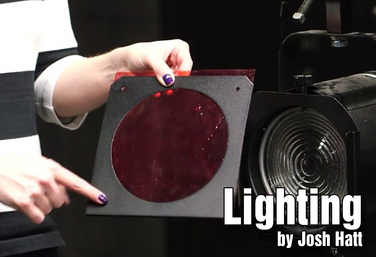
Part of the Technical Theatre Mini Units Curriculum
Lighting
by Josh Hatt
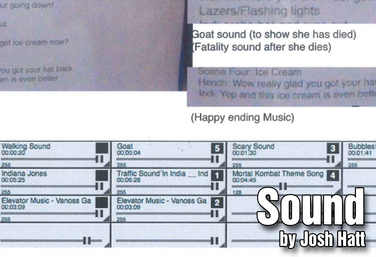
Part of the Technical Theatre Mini Units Curriculum
Sound
by Josh Hatt

Part of the Technical Theatre Mini Units Curriculum
Costuming
by Josh Hatt
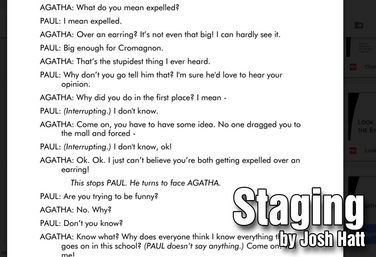
Part of the Technical Theatre Mini Units Curriculum
Staging
by Josh Hatt
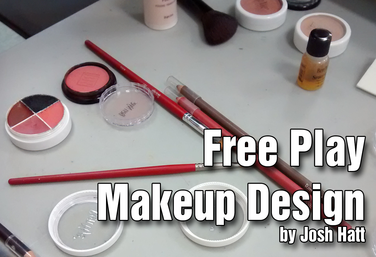
Part of the Technical Theatre Mini Units Curriculum
Free Play Makeup
by Josh Hatt
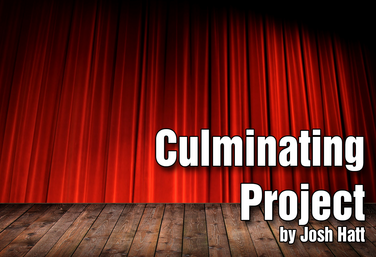
Part of the Technical Theatre Mini Units Curriculum
Culminating Project
by Josh Hatt
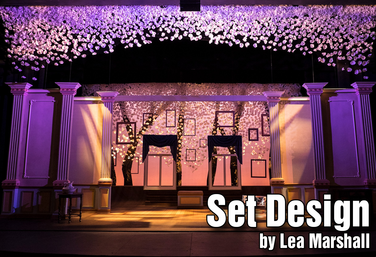
Introduction to Set Design *Hyperdoc
by Lea Marshall
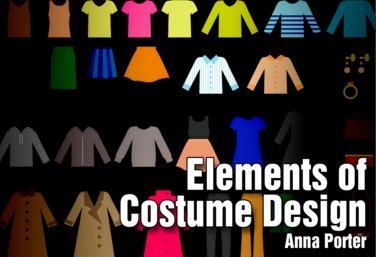
Elements of Costume Design *Hyperdoc
by Anna Porter
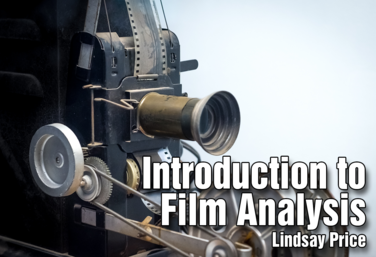
Introduction to Film Analysis: Mise en scène
by Lindsay Price
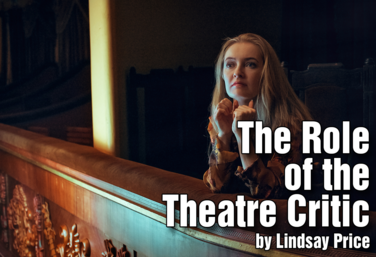
The Role of the Theatre Critic
by Lindsay Price
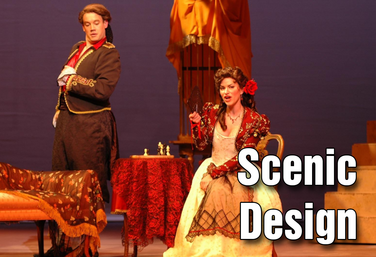
Part of the Stagecraft Without a Theatre Curriculum
Scenic Design
by Karen Loftus
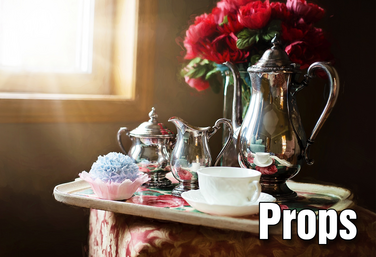
Part of the Stagecraft Without a Theatre Curriculum
Props
by Karen Loftus and Kerry Hishon
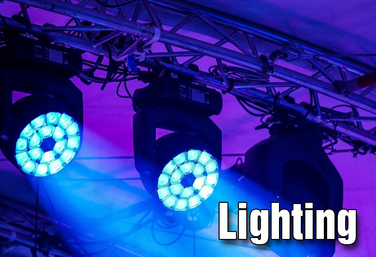
Part of the Stagecraft Without a Theatre Curriculum
Lighting
by Karen Loftus, Josh Hatt, and Kerry Hishon

Part of the Stagecraft Without a Theatre Curriculum
Sound
by Karen Loftus and Josh Hatt

Part of the Stagecraft Without a Theatre Curriculum
Costume Design
by Holly Beardsley, Karen Loftus, and Josh Hatt
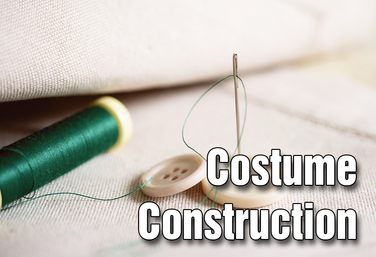
Part of the Stagecraft Without a Theatre Curriculum
Costume Construction
by Karen Loftus
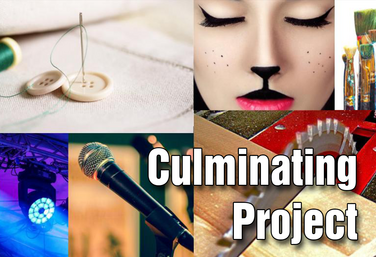
Part of the Stagecraft Without a Theatre Curriculum
Culminating Project
by Karen Loftus
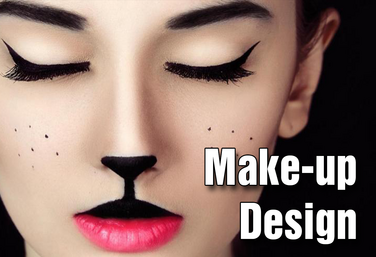
Part of the Stagecraft Without a Theatre Curriculum
Make-Up Design
by Karen Loftus and Josh Hatt
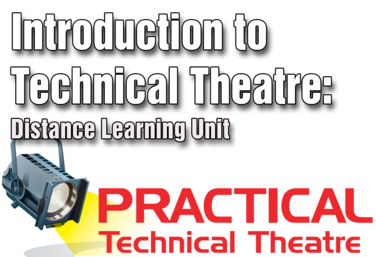
Part of the Distance Learning Curriculum
Introduction to Technical Theatre: Distance Learning
by Lindsay Price
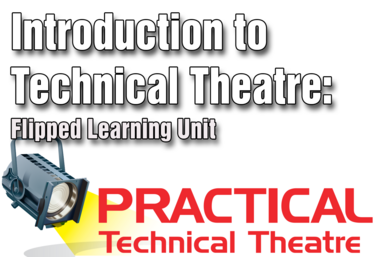
Introduction to Technical Theatre: Flipped Learning
by Lindsay Price
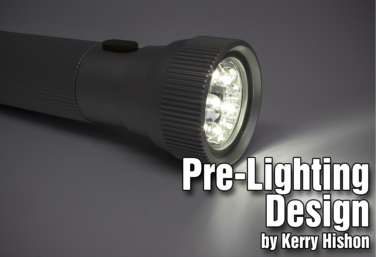
Pre-Lighting Design
by Kerry Hishon
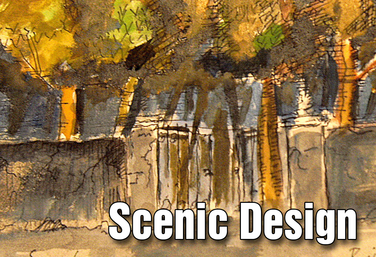
Part of the Drama One Curriculum
Scenic Design
by Karen Loftus
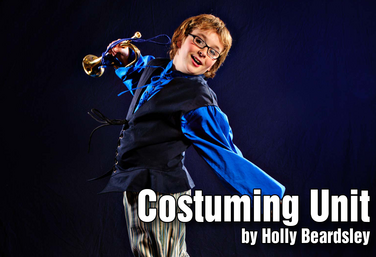
Costuming
by Holly Beardsley
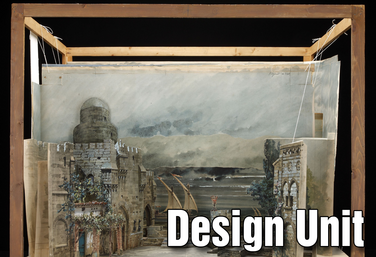
Part of the Drama Two Curriculum
Design
by Matt Webster

The Dilemma Project
by Claire Broome
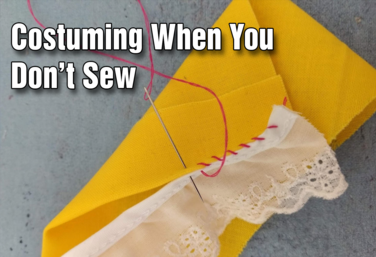
Tech Theatre Unit: Costuming When You Don't Sew
by Drama Teacher Academy
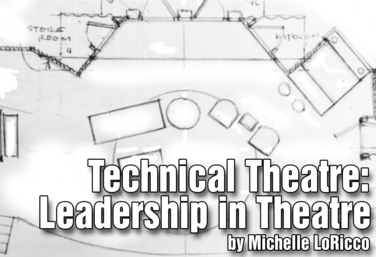
Technical Theatre: Leadership in Theatre
by Michelle LoRicco

The Do-it-All Director's Introduction to Costuming
by Holly Beardsley
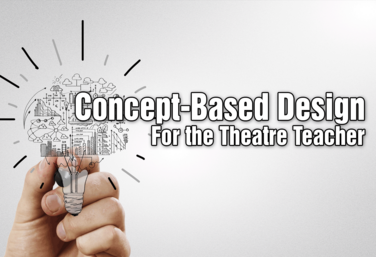
Concept-Based Design for the Theatre Teacher
by Matt Webster

Basic Lighting for Drama Teachers
by Claire Broome
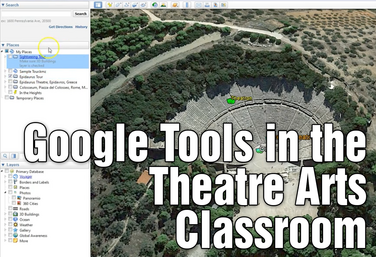
Google Tools in the Theatre Arts Classroom
by Anna Porter
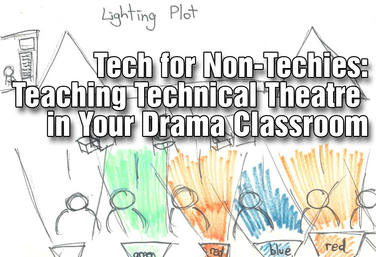
Tech for Non-Techies: Teaching Technical Theatre in Your Drama Classroom
by Josh Hatt

The Dilemma Project
by Claire Broome
View all Standards for Georgia Performance Standards - Theatre Arts Standards Master List